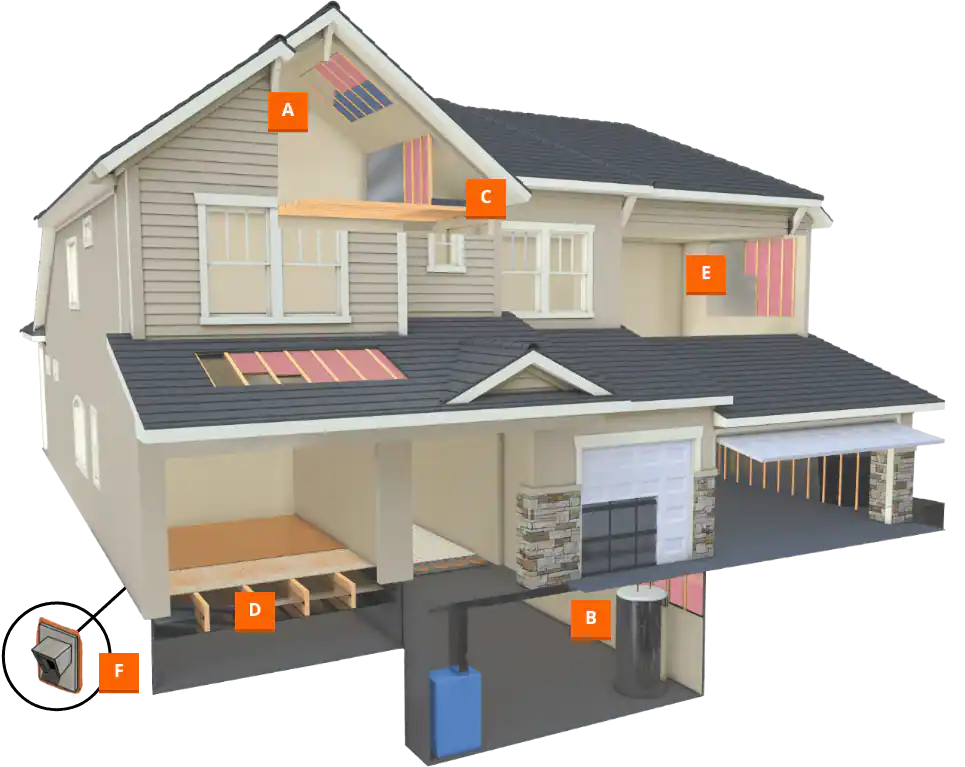In interior design, the perception of space plays a crucial role in creating an aesthetically pleasing and visually balanced environment. Ceilings, in particular, can significantly impact a room’s perceived height. By employing strategic painting techniques and colour choices, homeowners and decorators can enhance the appearance of ceiling height, making rooms feel more spacious and airy. In this article, we’ll explore tips and techniques for painting ceilings to create the illusion of height.
Choose Light Colors:

Light colours can reflect light and create a sense of openness and expansiveness in a room. When painting ceilings to make them look taller, opt for light shades such as soft whites, pale creams, or light pastels. These hues will visually lift the ceiling, making it appear higher and more expansive. Avoid dark colours, which can have a shrinking effect and make ceilings feel lower and more oppressive.
Use a Monochromatic Palette:
A monochromatic colour scheme featuring varying shades of the same colour family can help create a seamless visual flow from walls to ceilings, blurring the boundaries between surfaces and emphasizing vertical lines. Choose a wall colour that is slightly lighter or darker than the ceiling colour to create subtle contrast while maintaining harmony and continuity throughout the space. This technique elongates the walls and draws the eye upward, creating the illusion of height.
Paint Walls and Ceilings the Same Color:
Consider painting walls and ceilings the same colour for a modern and cohesive look. This technique eliminates visual interruptions and creates a unified backdrop that extends the perceived height of the room. Choose a light, neutral hue that reflects light and enhances the sense of openness and spaciousness. By blurring the distinction between walls and ceilings, you’ll create a seamless visual expanse that makes ceilings appear taller and more expansive.
Use Vertical Stripes or Patterns:
Vertical stripes or patterns can visually elongate walls and draw the eye upward, creating the illusion of height. Consider painting vertical stripes or incorporating vertical patterns on walls or ceilings to accentuate vertical lines and add visual interest to the space. Opt for subtle, tone-on-tone designs for a sophisticated, understated look, or experiment with bolder patterns for a dramatic effect. Vertical elements help create a sense of elevation and grandeur, making ceilings appear taller and more imposing.
Paint Ceiling Trim and Molding in a Lighter Color:
Highlighting ceiling trim and molding in a lighter color than the surrounding walls can draw attention upward and create the illusion of higher ceilings. Choose a soft white or light neutral shade for ceiling trim and moulding to create contrast and accentuate architectural details. This technique visually lifts the ceiling, making it appear taller and more expansive. Use painter’s tape to achieve clean, crisp lines and professional-looking results.
Consider Gloss or Sheen Finishes:
The finish or sheen of paint can also impact the perceived height of ceilings. Gloss or semi-gloss finishes reflect more light and create a subtle sheen that enhances the sense of depth and dimension in a room. Consider using a gloss or semi-gloss finish for ceilings to maximize light reflection and create a luminous, airy atmosphere. The reflective properties of these finishes help visually elevate ceilings, making them appear taller and more spacious.
Paint Ceiling Beams or Rafters a Darker Color:
If your space features exposed ceiling beams or rafters, consider painting them darker than the surrounding ceiling to create contrast and depth—darker hues visually recess elements, creating the illusion of depth and height in the ceiling plane. Choose a rich, saturated color such as charcoal gray or deep espresso for ceiling beams or rafters to create a striking visual contrast against a light-colored ceiling backdrop. This technique adds architectural interest and drama to the space while emphasizing the height of the ceiling.
Use Trompe-l’œil Techniques:
Trompe-l’œil, or “fool the eye,” techniques can create optical illusions that trick the viewer into perceiving depth and dimension where none exists. Consider incorporating trompe-l’œil elements such as faux moulding, architectural details, or sky-inspired murals on ceilings to add visual interest and height to the space. These artistic techniques create a sense of expansiveness and airiness, making ceilings appear taller and more captivating.




